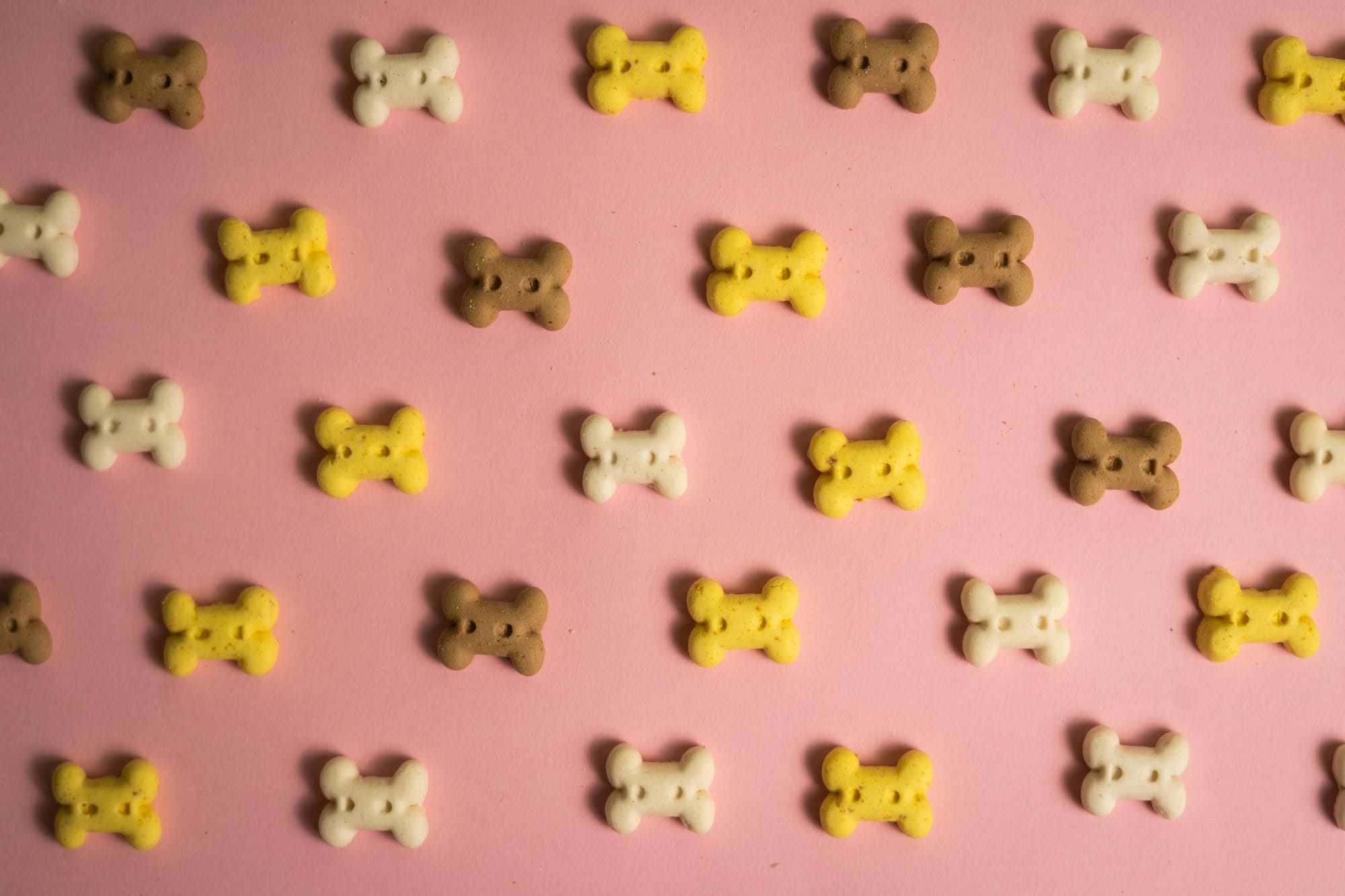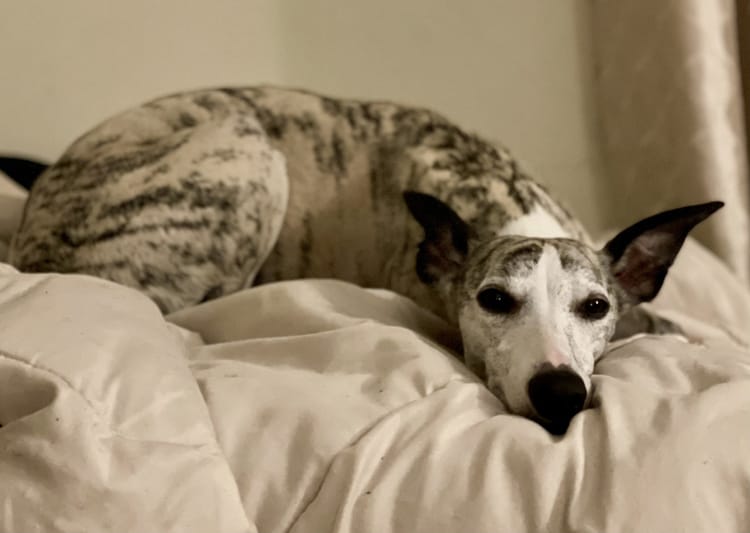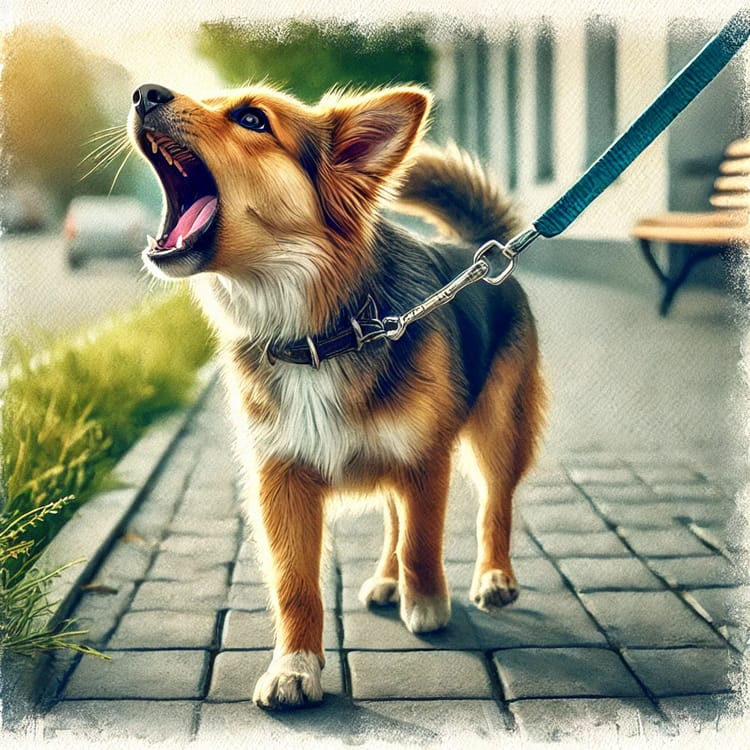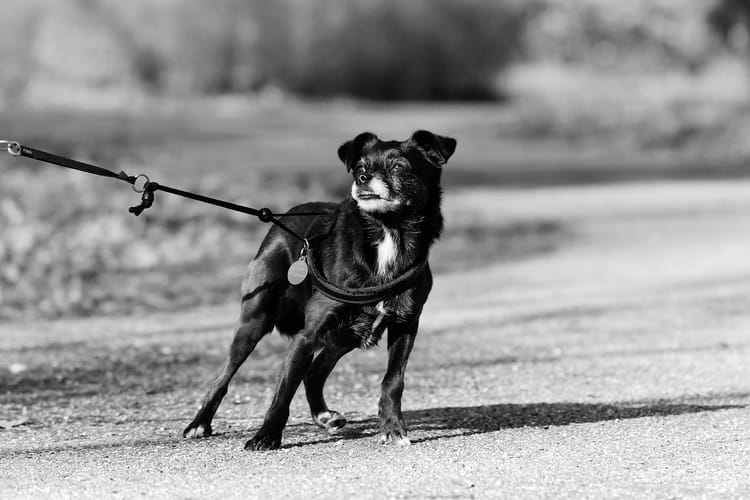Overcoming dog-dog reactivity: The LIMA way (Plus, an ethics update)

Ethics update
On April 3, 2024, the IAABC issued a notice to its members that read in part: "We are currently engaged in a review of the Joint Standards of Practice and Code of Ethics (JSOP) to ensure they reflect our field's advancements in training practices, ethics, science, and principles. This review includes examining whether the inclusion of the least intrusive, minimally aversive principle and framework (aka LIMA) should be modified or replaced."
We at Train Canine will follow these updates closely and modify this curriculum as needed to continue to provide education that is in line with the best practices according to the Joint Standards organization.
Now, onto the training plan
As a professional dog trainer specializing in reactive behaviors, I've worked with many frustrated pet owners trying to manage their dog's outbursts and aggression. But Vanessa and her dog Lily* stood out to me – not just for the progress they made in helping Lily act calmly around other dogs, but for Vanessa's unwavering commitment to a humane, effective training approach.
When Vanessa first reached out, she was at her wit's end. Lily, her once-playful 2-year-old rescue pup, had become increasingly reactive to other dogs on their walks. Vanessa described the all-too-familiar scene – Lily would spot another dog in the distance, her hackles would raise, and she'd start barking and lunging. Vanessa felt mortified, powerless to calm her dog and worried about Lily's behavior potentially escalating to a dangerous situation.
I knew from previous experience that a punishment-based approach to Lily's reactivity would only make the problem worse. I'd worked with many clients whose dogs started displaying aggressive behavior after they'd introduced unpleasant or painful consequences for barking and pulling on leash. Instead, I encouraged Vanessa to work through Lily's reactivity using the LIMA (Least Intrusive, Minimally Aversive) approach – a framework focused on modifying behavior through positive reinforcement and minimally invasive techniques.
The first step was helping Vanessa understand her own role in Lily's reactions. I explained that her dog was picking up on Vanessa's own stress and anxiety, which was only exacerbating Lily's behavior. "Lily may react according to your body language or nervousness about her behavior," I told her. "When you stay calm, it creates a safe, stable environment for her to learn."
The first step was helping Vanessa understand her own role in Lily's reactions.
Together, we implemented a multi-pronged training plan to address Lily's reactivity. First, we worked on managing Lily's environment to create appropriate distance from her triggers as much as possible. If we knew they'd be passing another dog on their walk, we'd cross to the other side of the street or find an alternative route.
I also taught Vanessa how to use positive reinforcement to reward Lily's calm, desired behaviors. Whenever Lily noticed another dog but remained relaxed at Vanessa's side, she'd receive tasty treats and enthusiastic praise. Vanessa was amazed to see how quickly Lily responded to this approach, looking to her handler for guidance instead of automatically reacting.
Gradually, we incorporated desensitization and counterconditioning exercises into Lily's training. We'd start with Lily at a safe distance from her triggers, slowly decreasing the distance as she remained relaxed. Each time, Lily was rewarded with high-value rewards and affection, helping her associate the presence of other dogs with positive experiences.

It was a slow but steady process, and I was impressed by Vanessa's patience and dedication. She understood that punishing or scolding Lily would only heighten her anxiety and damage Lily's trust in her. Instead, Vanessa embraced the LIMA philosophy, trusting the process, and together we celebrated every small victory. The first time Lily calmly and happily crossed the street with Vanessa while another dog passed by, Vanessa nearly cried.
Over time, I witnessed a remarkable transformation in both Lily and Vanessa. Lily's reactivity episodes became less frequent and less intense, and Vanessa found herself staying calm and composed even in the face of surprise triggers. Their relationship blossomed, built on a foundation of trust, respect, and mutual understanding.
"It's amazing how much of a difference this training has made," Vanessa told me. "Lily and I are a team now, working together to navigate the world. I'm so grateful I was able to help Lily without resorting to punishment or force."
For Vanessa and Lily, overcoming reactivity has been a journey – one filled with patience and remarkable progress. By embracing the LIMA way, they've not only improved Lily's behavior but have also built a relationship that will continue to flourish for years to come.
*Not their real names.
🦮 🔥 Ready to take your dog training to the next level? Join the waitlist for our online course, "From Reactive to Relaxed: Advanced Strategies for Reactive Dog Training," and learn how to build a strong, trusting relationship with your reactive dog.
In this comprehensive course, you'll discover:
- The science behind the LIMA philosophy and why it's the most effective, humane way to modify behavior
- Practical techniques for managing a dog's environment and using positive reinforcement
- Step-by-step guidance on desensitization and counterconditioning exercises for reactive dogs
- Strategies for helping handlers maintain a calm, consistent approach
- Expert insights and troubleshooting
Join the waitlist and get notified when the course is live!




